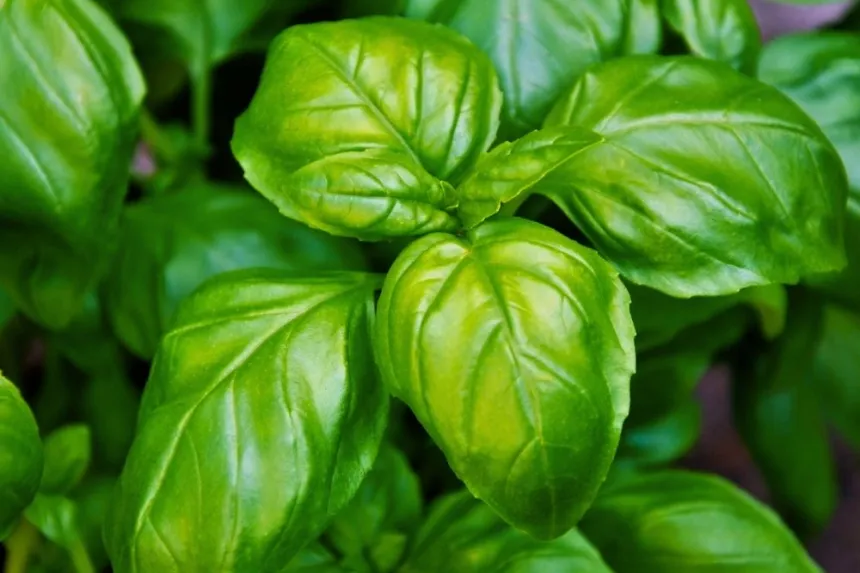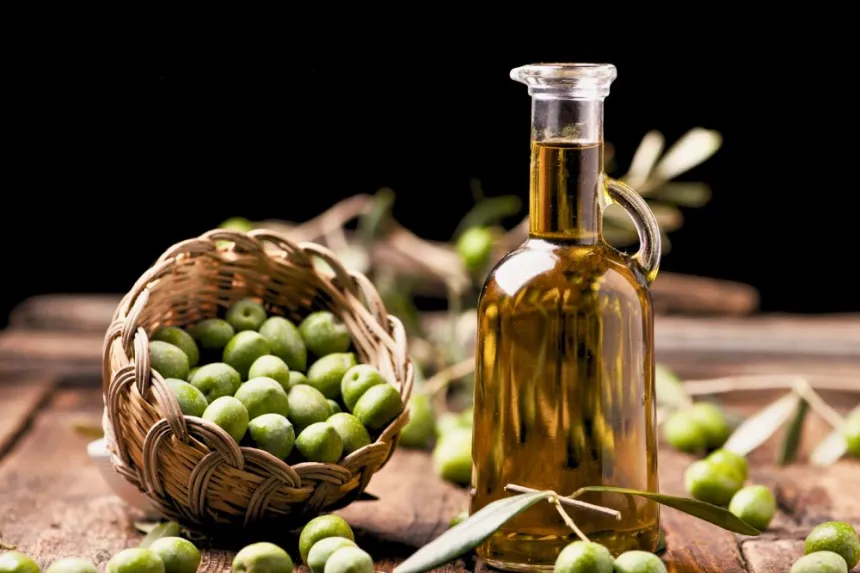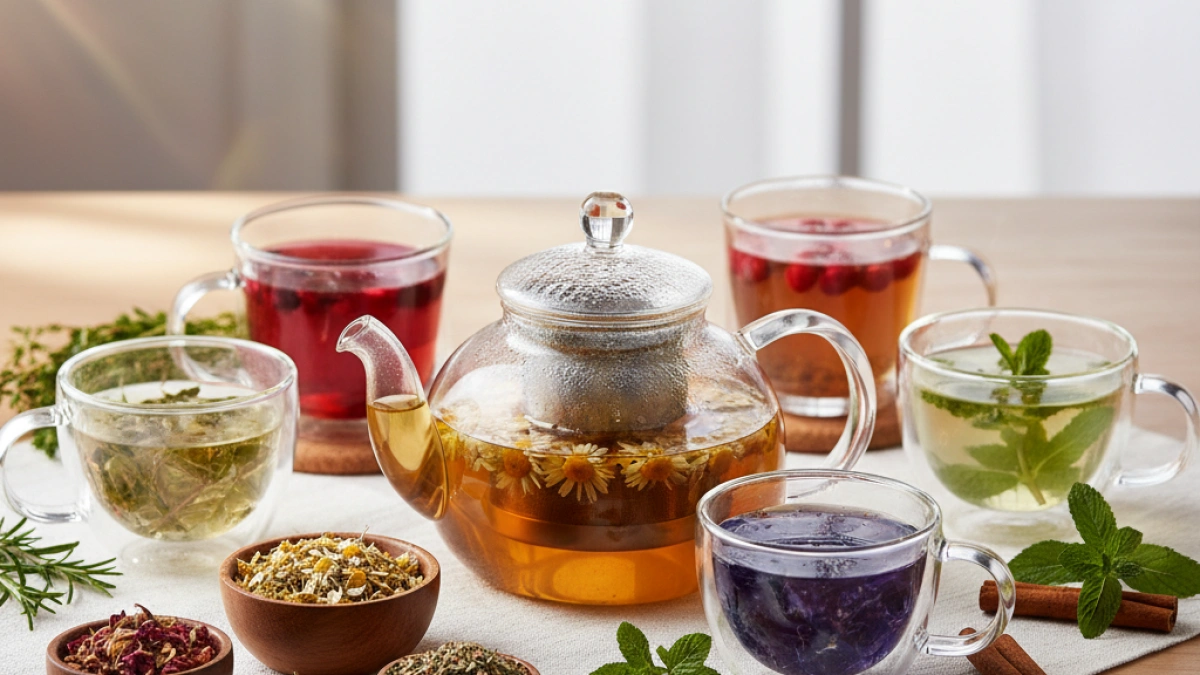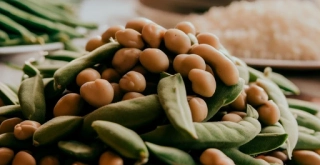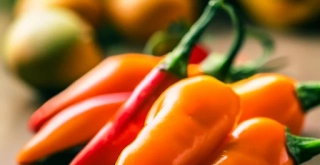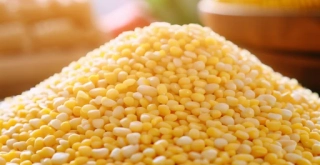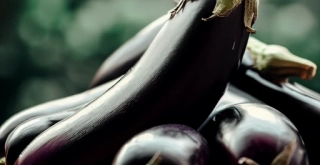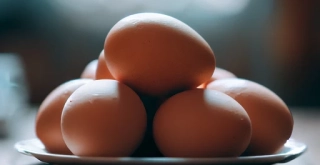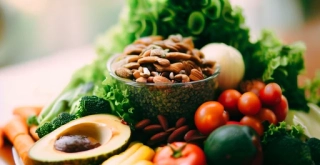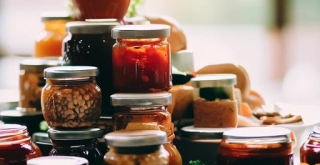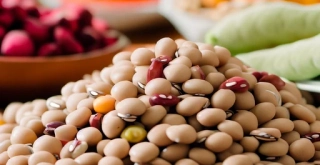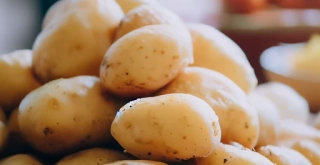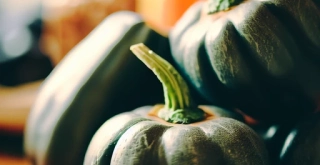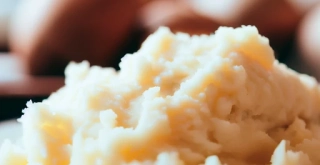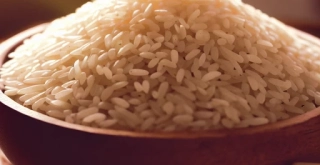How to effectively grow bell peppers at home.
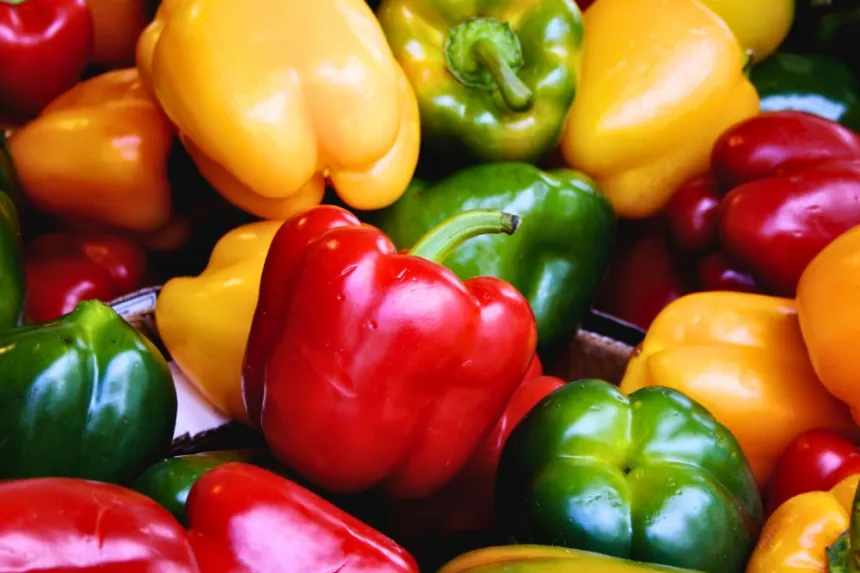
Growing bell peppers at home is not only rewarding but also allows you to enjoy a fresh and nutritious ingredient in your cooking. Below are the essential steps to achieve a successful harvest of bell peppers in your home, based on practical and effective recommendations.
Choose the Right Place for Cultivation
The first step in growing bell peppers is selecting a suitable location for their growth. Peppers need at least 6 to 8 hours of direct sunlight each day, so it’s important to choose a spot in your garden or on your balcony that receives enough light. If you are growing indoors, make sure to place the plants near a sunny window or consider using grow lights.
Select the Seeds
Choosing bell pepper seeds is crucial for achieving good results. You can opt for seeds from hybrid varieties, which are typically more resilient and productive, or seeds from traditional varieties. When selecting the seeds, look for those that are of good quality and suited to your local climate.
Prepare the Soil
Proper soil is essential for the growth of peppers. It is recommended to use a mixture of garden soil, compost, and peat in equal parts. This mix ensures good drainage and the necessary nutrients for the plants’ development. Before planting the seeds, it is advisable to enrich the soil with organic fertilizer to ensure adequate nutrition.
Read also
Germination of the Seeds
To start the cultivation, seeds can be sown in trays or small pots. It is recommended to plant the seeds at a depth of about 0.5 cm. Keep the substrate moist but not soaked, and provide warmth to encourage germination. An ideal temperature is between 21°C and 28°C, which is usually achieved indoors during spring.
Transplanting the Seedlings
Once the plants reach a height of about 10 to 15 cm and have developed at least two true leaves, it is time to transplant them to their permanent location. Make sure to do this carefully so as not to damage the roots. If you decide to plant in the garden, leave a space of at least 30 cm between each seedling to allow for proper development.
Care and Maintenance
Peppers require regular attention to grow healthy and productive. It is important to water the plants consistently, allowing the soil to dry out slightly between waterings. Additionally, it is recommended to apply a balanced fertilizer every four weeks to stimulate growth. Be vigilant for pests such as aphids and spider mites, and act quickly if you notice any problems.
Harvesting Bell Peppers
The harvesting time varies depending on the variety chosen, but in general, bell peppers are ready to harvest between 70 and 90 days after sowing. The peppers can be picked once they reach the desired size and color. It is advisable to use scissors to cut them, avoiding damage to the plant in the process.
Conclusion
Growing bell peppers at home is a straightforward process that anyone can undertake, regardless of their gardening experience. By following these steps, you can enjoy a bountiful harvest rich in flavor and nutrients.
I invite you to continue exploring more news and useful information for your gardening projects on my blog.
